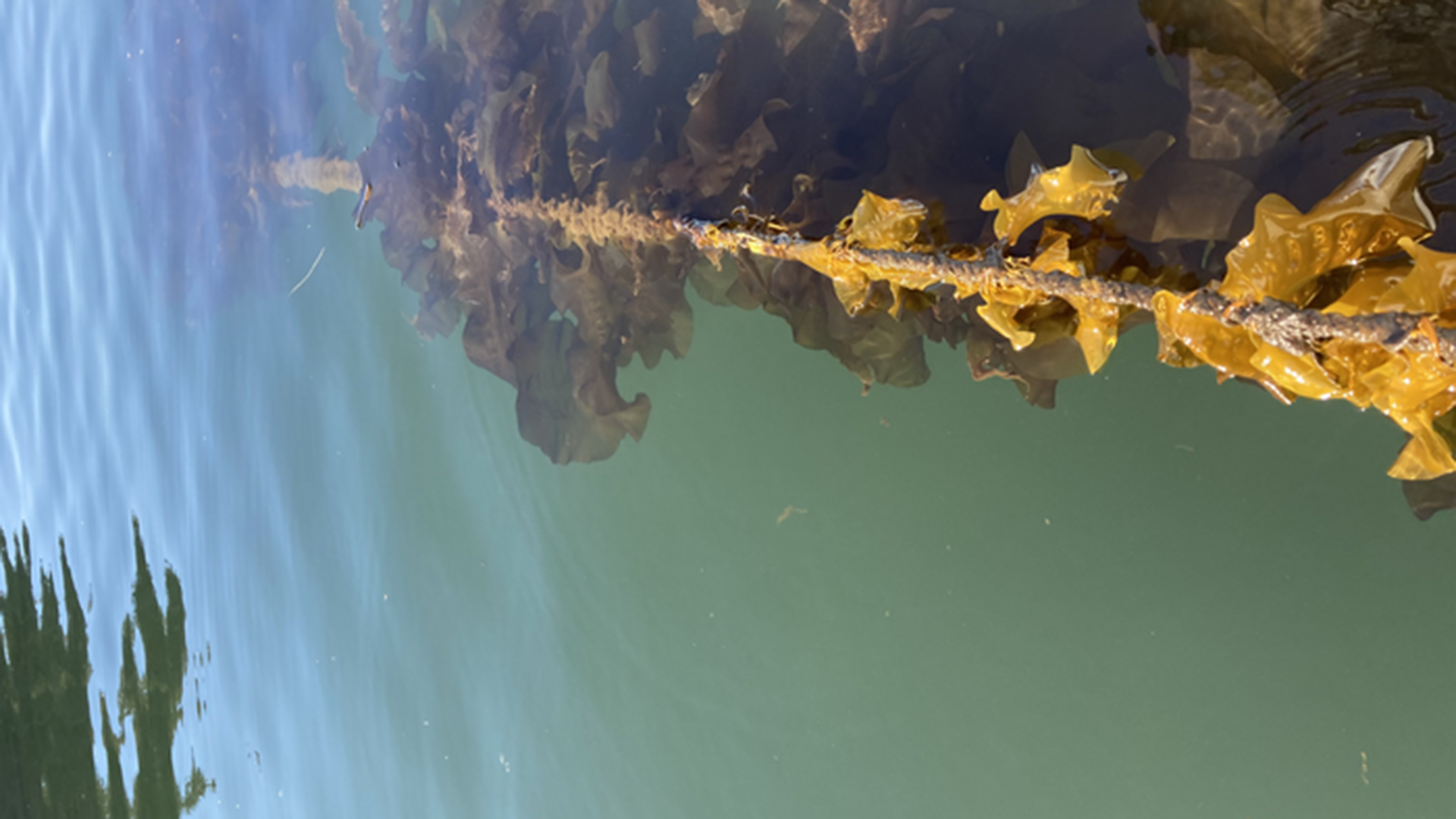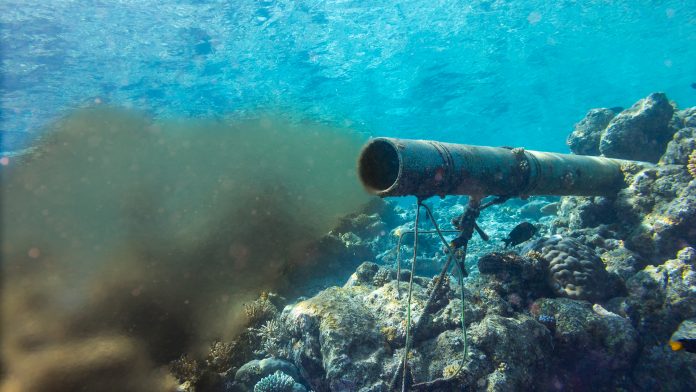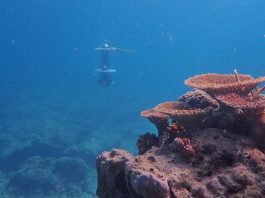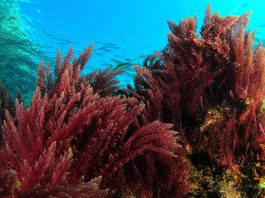Emerging research from the University of Alaska Fairbanks suggests that implementing kelp farms may be an effective strategy for combatting the growing problem of marine pollution.
The university study identified that kelp farms possess water-filtering qualities that could be exploited to reduce marine pollution in coastal areas. The research analysed carbon and nitrogen levels in two mixed-species kelp farms in southcentral and southeast Alaska during the 2020-21 growing season.
Results from tissue and seawater samples demonstrated that seaweed species might have various abilities that enable them to remove nutrients from their surroundings and effectively combat marine pollution.
Schery Umanzor, an assistant professor at UAF’s College of Fisheries and Ocean Sciences and the lead author of the study, explained: “Some seaweeds are literally like sponges — they suck and suck and never saturate.
“Although carbon and carbon sequestration by kelp received most of the attention, kelp is actually much better at mitigating excessive amounts of nitrogen than carbon. I think that’s a story that’s really underlooked.”
The paper, ‘Nitrogen and Carbon Removal Capacity by Farmed Kelp Alaria marginata and Saccharina latissima Varies by Species,’ is published in Aquaculture Journal.
What is marine pollution?
Marine pollution encompasses waste from chemicals and trash that end up washed into the ocean from land sources, posing risks to the environment and endangering animal and human health.
Marine trash includes manufactured products, predominantly made of plastic, that end up in the ocean due to poor waste management, such as shopping bags, food wrappers, and fishing gear, all of which can take centuries to decompose and endanger marine habitats and life.
Chemical contamination – otherwise known as nutrient pollution – incurs deadly consequences for health and the environment. For example, nitrogen pollution is caused in coastal areas due to urban sewage, domestic water runoff, or fisheries waste disposal, which can result in various threats to marine environments, including toxic algae blooms, higher bacterial activity, and depleted oxygen levels.
Data shows that 500 marine locations worldwide – an area of 245,000 km², which is the size of the UK – are now classified as dead zones. Moreover, around 80% of global marine pollution originates from agriculture runoff, untreated sewage, discharge of nutrients, and pesticides.
How can kelp farms clean up the ocean?
Although the kelp grown in these polluted areas cannot be consumed, it could be a promising tool for ridding them of marine pollution. Kelp farming is an emerging industry in Alaska aiming to improve food security and create employment opportunities.
Kelp farms are also being explored as a global-scale method to capture carbon from the atmosphere to reduce the impacts of climate change. During their study of the two mixed-species kelp farms, analysis of tissue samples revealed that ribbon kelp was more effective than sugar kelp at absorbing both nitrogen and carbon.

The team explained that this result was somewhat offset by the higher density of farmed sugar kelp forests, and the study would need a larger sample size as it was limited to two sites during a single growing season. However, they are now processing a larger collection of samples from six Alaska kelp farms for the next season to further investigate this potential marine pollution solution.
Umanzor concluded: “Maybe it’s a function of species, maybe it’s the site, maybe it’s the type of carbon and nitrogen out there. There’s a lot to know in a follow-up study.”









